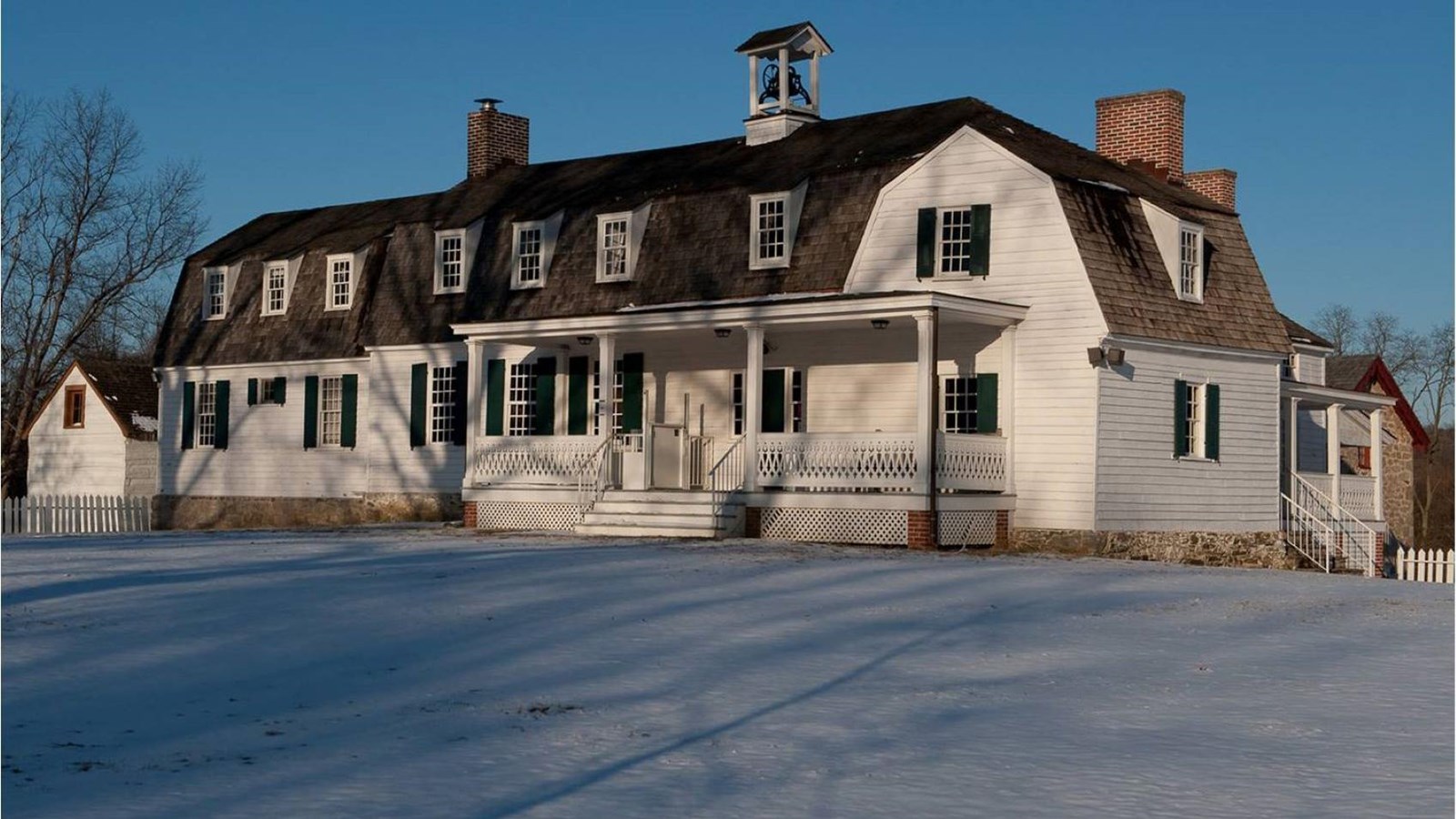Last updated: April 13, 2021
Place
Lower House

NPS/Tim Ervin
Accessible Rooms, Accessible Sites, Benches/Seating, Cellular Signal, Fire Extinguisher, First Aid Kit Available, Historical/Interpretive Information/Exhibits, Information, Information - Ranger/Staff Member Present, Wheelchair Accessible, Wheelchairs Available
Built in the eighteenth century, the Lower House is the oldest extant building on the Hampton property. During the second half of the eighteenth century, the house served as a temporary residence while the Ridgelys were visiting their iron works and later during construction of the Mansion. Around 1745, the original one-story structure was built. Later, it was expanded to include a three-bay-long addition to the north. Later in the eighteenth century, the older portion of the house was moved approximately 10’ south, and a single-story link was built between the two portions. Renovations to the interior of the house were made in the second half of the eighteenth century (circa 1780), possibly to prepare the residence for Captain Charles Ridgely while the Mansion was under construction.
In 1840, the Lower House was expanded to include a three-bay east wing, and porches were built on the east and south façades of the wing. Other alterations to the Lower House during the 1800s include the addition of the west porch, expansion of the kitchen in the 1800s, and replacement of the link by 1900. Alterations in the twentieth century include installation of electricity and plumbing, and the removal of the west porch.
The Lower House housed the farm overseer throughout the majority of the nineteenth century, and the farm manager after the abolition of slavery in Maryland in 1864. During the 1900s, the Lower House was known as the Huntsman’s Lodge, and served house guests who attended foxhunting events at Hampton. From 1948 until 1980 when the farm property was acquired by the National Park Service, the Lower House was the residence of John Ridgely, Jr and Jane Rodney.
The Farm House yard was fenced by 1745, likely to keep livestock at bay from the Farm House, which was, until 1783, the primary Ridgely residence at Hampton. The outlying farm landscape was once lined with fences and hedgerows that defined ‘quarters’ and fields. A portion of the West Farm Field remains and is planted annually by park staff with ryegrass, oats, or corn to evoke its historic agricultural character.
